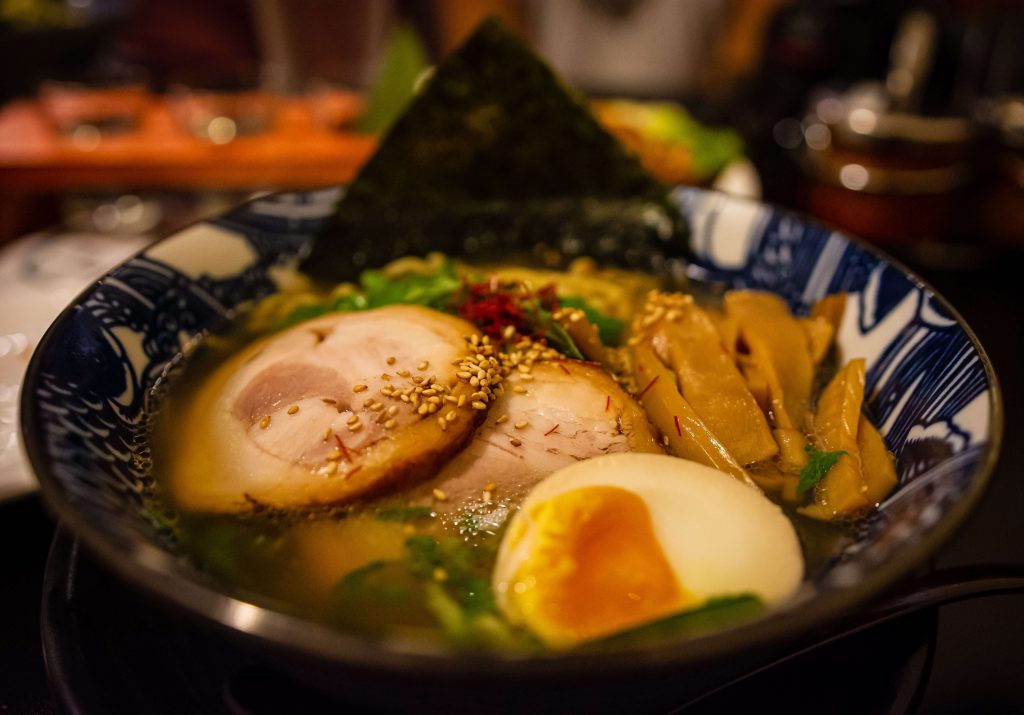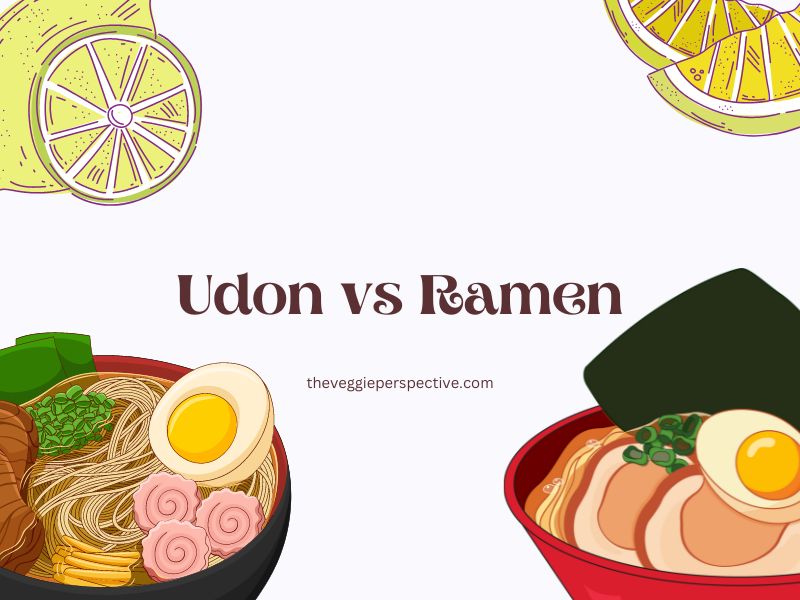Are you constantly taking in the amazingly rich, complex flavor of Japanese noodles? Do you have any questions about the difference between ramen and udon? It can be difficult at times but don’t fret. There’s no need to worry!
Udon and Ramen are two popular kinds of noodles from Japan. They are often mistaken for one with each another. While they have numerous similarities, they have several fundamental features that differentiate them. Before we dive into that, let’s begin by giving a quick overview of the different noodles.
Ramen is a traditional Japanese soup made of noodles that has a full, rich broth. It’s typically served with various toppings, such as nori, scallions, and pork belly, which adds an interesting flavor to the meal. It’s made of wheat flour and is renowned for its medium-sized, thin noodles.
Udon is, on the contrary, a form of chewy, thick wheat noodles. It’s the most traditional of the two and has been used for a long time. It is usually served in a hot broth however, it is also served chilled during summer or stir-fried for an experience that is more bite-sized. Udon is thought to be flexible noodles since it can be used in many different food items.
Both are both extremely flexible and delicious noodles. So which one is more preferred? We’ll glance at similarities as well as differences between udon and ramen so that you can make an informed choice. Read on to find out more about these two incredible Japanese noodles and their differences!

A Nutritional Comparison of Udon and Ramen Noodles
When it comes to delicious and easy Japanese food, Udon and Ramen noodles are at the top of the list. But which is the better choice for your health? Let’s take a look at both of them in this comprehensive nutritional analysis.
First, udon noodles. Udon noodles are made of flour wheat, sodium, and water. A serving of Udon noodles contains around 128 calories. They also contain 4.3 grams of fat 33 grams of carbs, 6.4 grams of protein, 3.2 grams of fiber, and 544 milligrams of sodium. Udon noodles are less fat-laden than Ramen noodles and more in fiber, which makes Udon noodles healthier than their counterparts.
Let’s take examine Ramen noodles. They are made of the flour of wheat and salt and water, much like Udon noodles, however, with oil added. One portion of Ramen noodles is packed with 128 calories. It also contains 6.9 grams of fat 33 grams of carbohydrates, 6.4 grams of protein, 2.5 grams of fiber, and 567 milligrams of sodium. Even though they contain nearly the same quantity of carbohydrates and calories as Udon noodles, however, they’re higher in fat and less fiber.
So, which one is superior? The answer, like everything else, is that it all depends on your personal tastes. If you’re looking for a less fat high-fiber alternative and want to cut down on fat, Udon noodles are the best way to take it. If you’re more interested in the taste and texture Ramen noodles may be the best option for you.
In the final analysis, the decision depends on which one you like. Each Udon as well as Ramen noodles is delicious and convenient. They are also easily available, so select the one that is most appealing to you and customize your diet in line with your preference.
I have always loved cooking and discovering new flavors. My hobby gradually grew into a serious hobby and now I write about food professionally on my blog. For almost a year now, I’ve been sharing my thoughts with the world and helping many people find their perfect “recipe” 🙂

